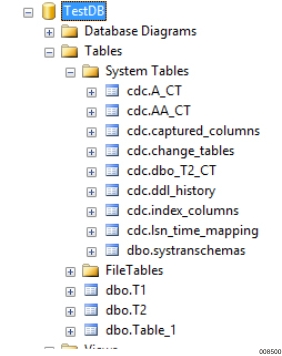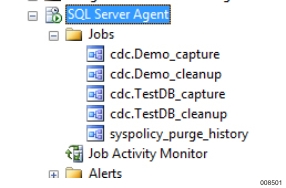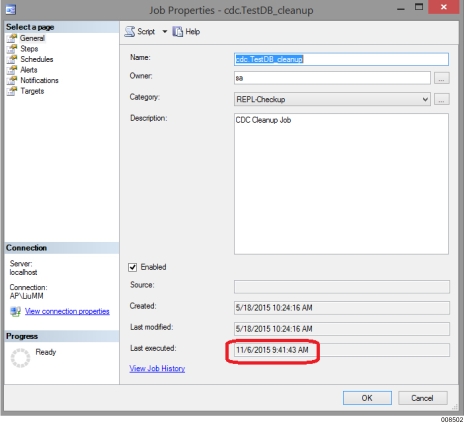If there is an error at the Agent side, the status on the Summary page shows Agent Status as Error. You can inspect the Agent trace files and the diagnostic files for more information about the error. For more details, see sections Bulk Data Transformation Errors and Changed Data Transformation Errors.
DE Agent for SQL Server
The log files are located in the directory Program files/Unisys/Data Exchange<version_number>/Runtime Administration/Administrative Service/Log. The current log file is called DataExchangeRuntimeSQLServerDEAgentLog.txt, and the older files are called DataExchangeRuntimeSQLServerDEAgentLog.txt.x (where x = 1, 2, 3, 4 or 5, and 5 is the oldest).
Configuration
For configurations related to log files, change the following text in C:\Program Files\Unisys\Data Exchange<version_number>\Agent for SQL Server\SqlAgentLoggingConfig.config:
To get more information written to the log file, change the log level to Debug. The default is INFO.
<logger name="FileLogger"> <level value="DEBUG" /> <appender-ref ref="LogFileAppender" /> </logger>
To get more log file backups or more contents in a single log file, change the maximum log file roll back number and file size. The default values are 5 and 10 MB.
<maxSizeRollBackups value="5"/> <maximumFileSize value="10MB"/>
Apart from the log files, you can take a look in the following areas for transformation details:
Using SQL Server Management Studio, check tables under System Tables to see capture instances for the source tables.

Check the active jobs running under the SQL Server Agent node.

Right-click the cleanup job, select Properties, and check when the CDC tables were last cleaned.
